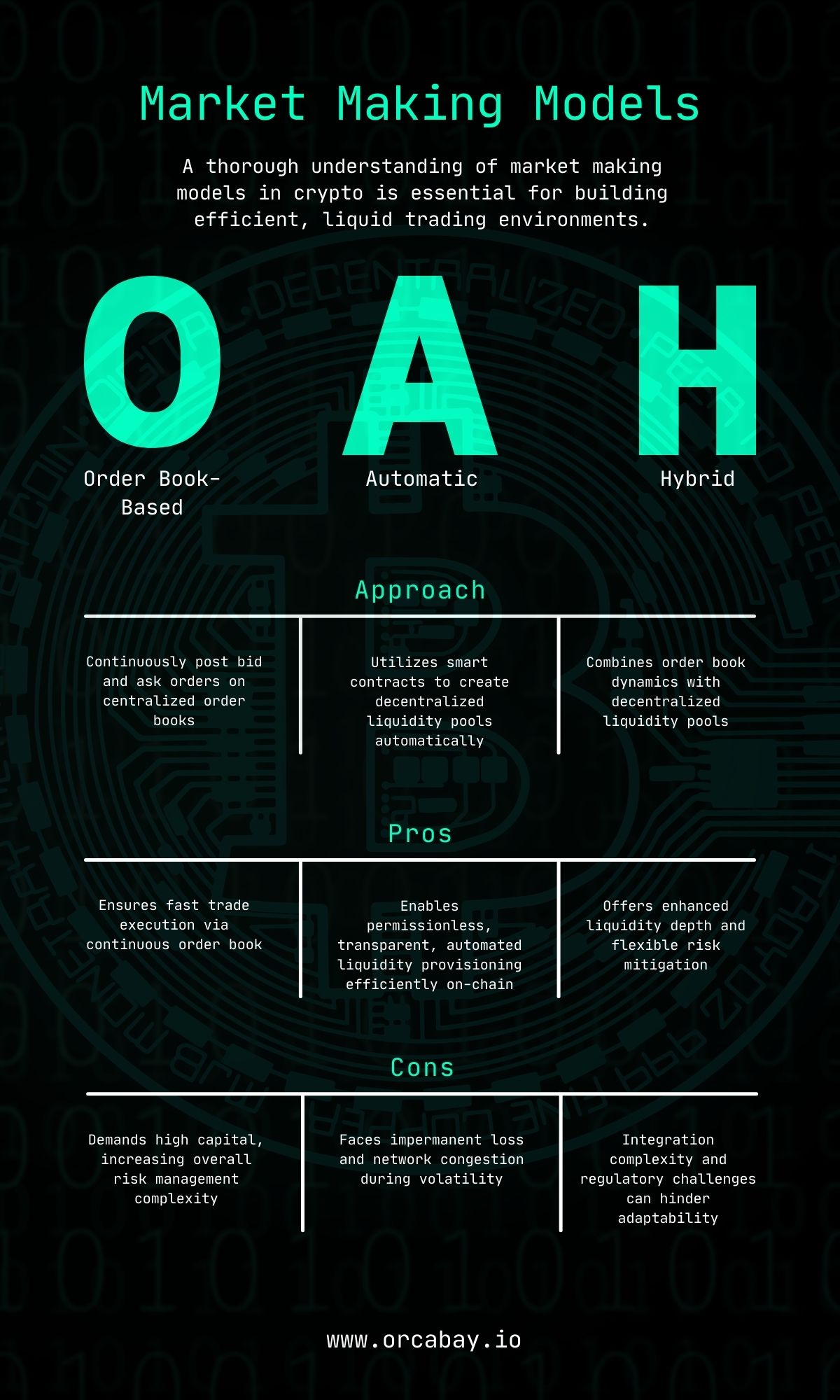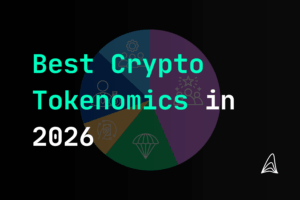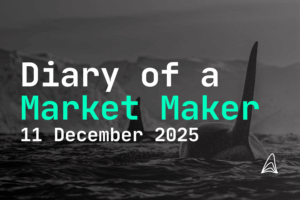
- Jakob Brezigar
- Updated: February 22, 2025
- Reading time: 6 min
Understanding Market Making Models in Crypto

Overview of Crypto Market Making and Liquidity
Defining Crypto Market Making Models
Order Book-Based Market Making
Automated Market Makers (AMMs)
Hybrid Market Making Models
Analysis of Market Making Models in Crypto
Advantages and Challenges of Order Book Models
Advantages:
- Continuous Quoting: Market makers maintain a two-sided market, ensuring immediate trade execution.
- Price Stability: Active management of bid and ask spreads helps reduce volatility.
- Established Infrastructure: Traditional order book systems have a long history and are well-integrated into centralized exchanges.
Challenges:
- Capital Requirements: Market makers must maintain significant asset inventories, exposing them to market risk.
- Complex Risk Management: Dynamic quote adjustments require advanced algorithms to mitigate losses in volatile conditions.
- Centralization Risks: Dependence on centralized platforms can expose market participants to single points of failure.
Pros and Cons of AMM-Based Models
Advantages:
- Decentralized Access: AMMs enable anyone to contribute liquidity without permission.
- Transparency: All transactions and liquidity pool metrics are available on-chain.
- Simplicity: Smart contracts automatically manage liquidity, reducing the need for constant manual adjustments.
Challenges:
- Impermanent Loss: Liquidity providers may suffer losses if the price ratio of the deposited tokens changes significantly.
- Network Congestion: Decentralized networks can experience delays or increased fees during periods of high demand.
- Limited Customization: AMMs often rely on predefined formulas, which may not adapt well to extreme market conditions.
Hybrid Model Dynamics
Hybrid market making models seek to capture the best of both worlds by combining centralized order book dynamics with decentralized liquidity pools. This approach can:
- Enhance Liquidity Depth: By merging active quoting with deep liquidity reserves, hybrids improve overall market stability.
- Reduce Risk Exposure: The passive liquidity supplied by pools can mitigate some of the capital risks inherent in active market making.
- Improve Adaptability: Hybrid systems offer flexibility to adapt pricing mechanisms based on real-time market data and changing conditions.
However, the complexity of integrating both systems requires robust technological solutions and careful regulatory navigation.

Evaluating and Choosing Market Making Models in Crypto
Selecting the right market making model in crypto involves considering several factors:
- Liquidity Depth & Trading Volume: Ensure that the chosen model can support high trading volumes and provide deep liquidity for key trading pairs such as BTC/USDT and ETH/USDC.
- Technology & Integration: Evaluate the ease of integration with your trading platform, the reliability of APIs, and the adaptability of the system to changing market conditions.
- Fee Structure & Cost Efficiency: Compare the cost implications of each model, including maker/taker fees for order book systems and fee-sharing arrangements in AMMs.
- Risk Management: Assess the model’s ability to handle market volatility, including the mechanisms in place to mitigate impermanent loss in AMMs or manage inventory risk in order book models.
- Regulatory Compliance: Ensure that the model adheres to relevant global regulations, fostering trust among institutional and retail participants.
Real-world case examples and performance metrics can serve as valuable references when comparing different market making models in crypto.
Disclaimer: The information provided in this article is for informational purposes only and does not constitute financial, investment, or other professional advice. All opinions expressed herein are solely those of the author and do not represent the views or opinions of any entity with which the author may be associated. Investing in financial markets involves risk, including the potential loss of principal. Readers should perform their own research and consult with a licensed financial advisor before making any investment decisions. Past performance is not indicative of future results.

Jakob Brezigar
Jakob, an experienced specialist in the field of cryptocurrency market making, boasts an extensive international presence. With Orcabay, he has skillfully managed major operations and deals for a wide array of global stakeholders.



